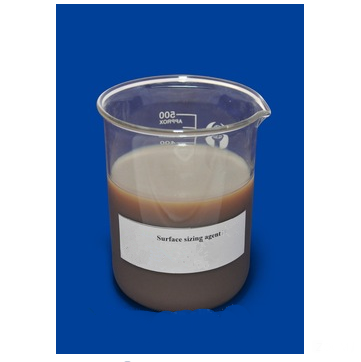Choose high quality fish species Fish species are the primary material basis for fish farming, and stocking high-quality fish species is an important condition for achieving high yields. High-quality fish species must meet the following requirements: Good shape: bright and shiny body color, scales, fins intact, no damage, no disease. Good physical condition: the back is wide and thick, the muscles are plump and flexible, swimming is lively and the water is strong. In an intensive environment, the head swings downward and the tail swings upward. The specifications are the same: the same batch of fish species are tidy and uniform in size. Those who do not meet the above conditions are regarded as poor quality fish species. Master the timing of stocking Generally, the best time for freshwater fish rearing fish species is from the winter solstice to the beginning of spring (from late December to early February). This is because the water temperature in winter is low, the fish's activity is weak, and the scales are tight. During fishing, transportation, and stocking operations, the fish body is not prone to mechanical trauma, and in particular, the infection rate of erythrodermic disease and watery mildew can be reduced. During this time, the metabolism of the fish has slowed down and it is not prone to hypoxia. In winter, stocked fingerlings are essentially stocked in advance, allowing the fish species to adapt to a new living environment for a longer period of time, ie extending the growth period. When the water temperature exceeds 10°C, the carps begin to ingest food and grow, so that they can make full use of the natural feeds of the water body to make up for the energy consumption during the winter and restore the normal physique before the prosperous period. In situ selection of fish species for stocking ponds should be based on local In production, it is advisable for the fish farms (households) to cultivate large-scale fish species on their own. As a result, production can be planned to meet the needs of stocking; secondly, long-distance transportation can prevent damage and death of fingerlings and increase the survival rate of fingerlings. Restocking considerations When you put fish in winter, you must choose a windless, warm sunny day. Do not operate in windy, rainy or snowy weather to avoid frostbite and bleeding. The fish container is required to be smooth, and the fish should be moved lightly when it is under the pond. Thoroughly immerse the barrels (pots) containing the fish in the pond water so that the fish can swim into the fish ponds themselves to avoid injury to the fish. The fish species must be sterilized with a drug solution in front of the pond to kill the surface parasites. Grass carp species also need to be vaccinated against disease.
2. Specifications:
Item
Index
Appearance
Brown beige liquid
Solid content
30%±2
Viscosity
≤30
pH
3-5
Density
1.02-1.1g/cm³
Ionic
cationic
Flash Point
> 200℃Auto Ignition Temp
4. Use Method:
The product is weak cationic, it can be used with cation and nonionic additive, such as cationic starch,basic dye and polyvinyl alcohol etc, but cannot be mix used with additive of strong cation.
The consumption of the product depends on the quality of base paper, internal sizing and size resistance. It is usually 0.5-2.5% of oven dry weight.
5. Package and storage:
200KG or 1000KG plastic drums.
The storage period is 6 months below the temperature 5-35℃,keep away from sunlight and frost.
Styrene Acrylic Copolymer,Cationic Styrene Acrylic Copolymer,Anionic Styrene Acrylic Copolymer,Sizing Agent For Corrugated Paper Shandong Tiancheng Chemical Co., Ltd. , https://www.tianchengchemical.com
